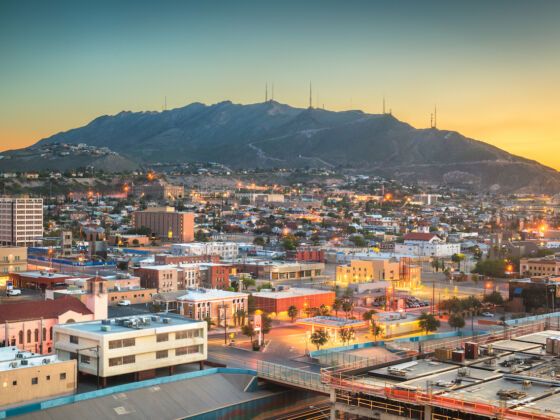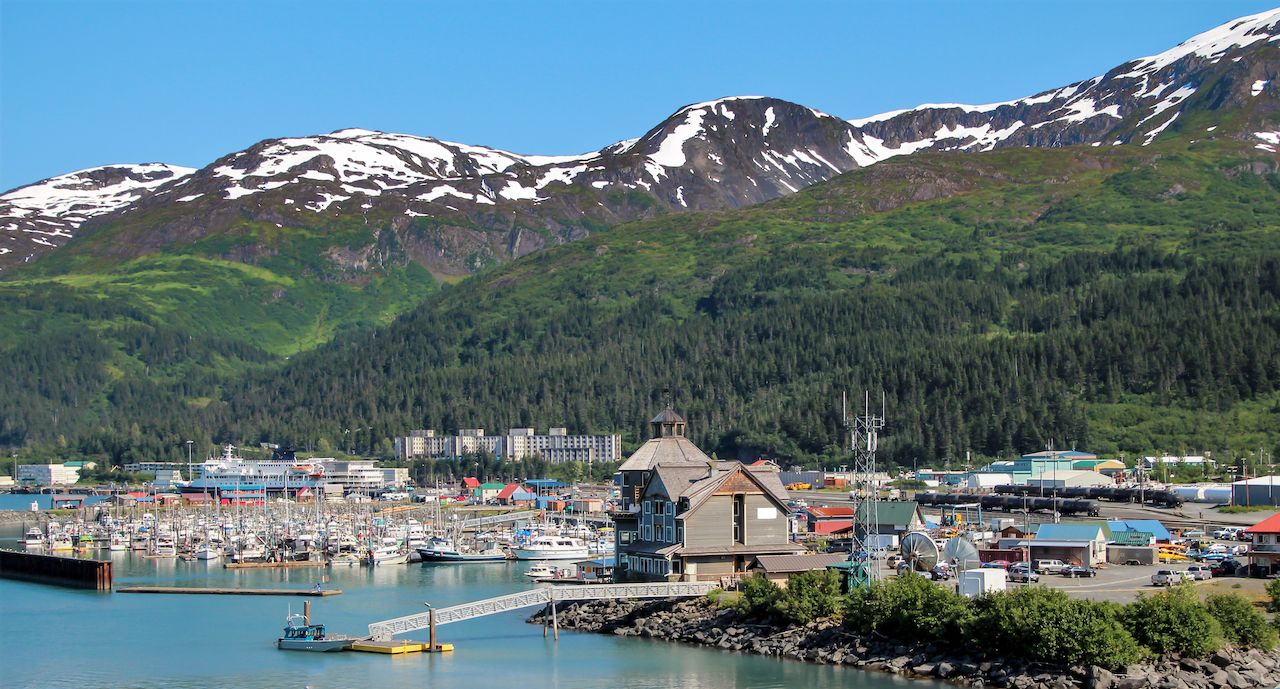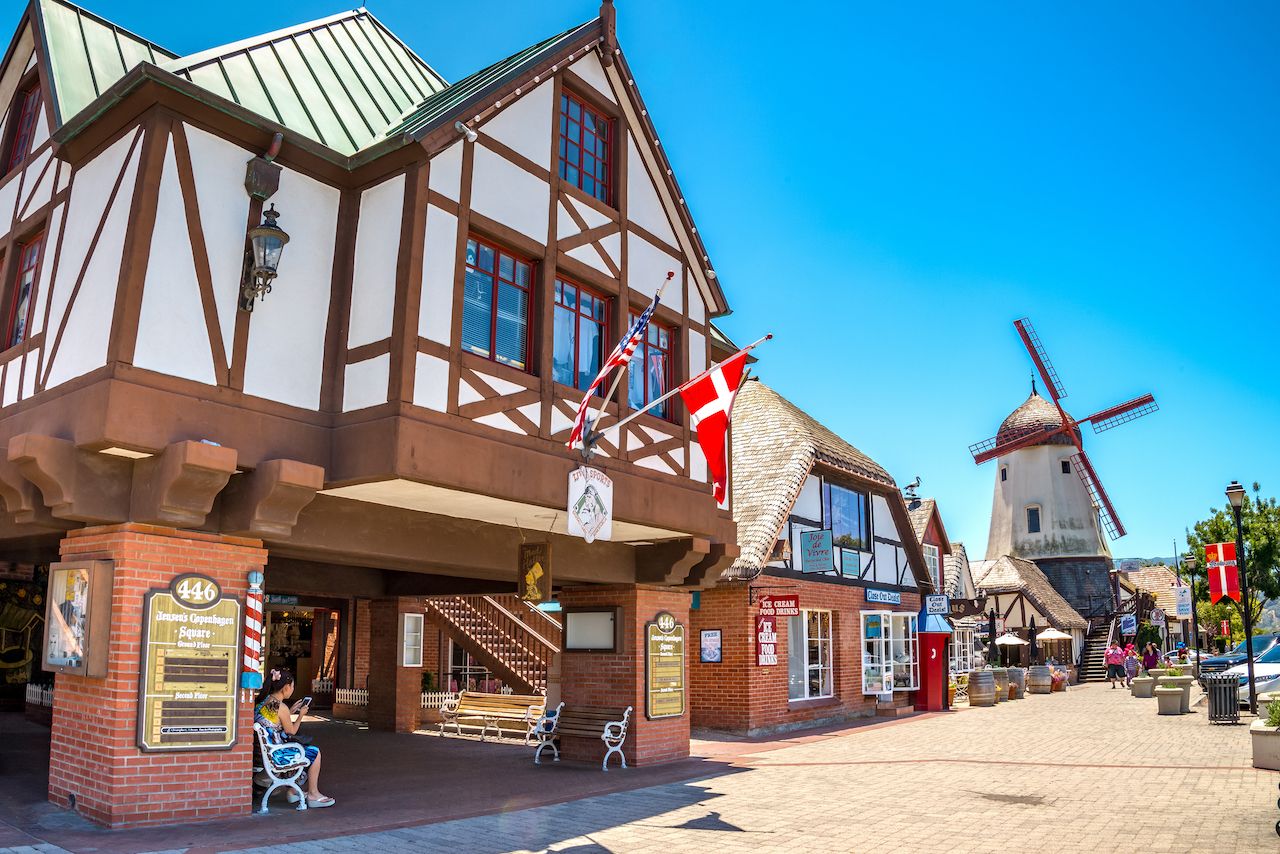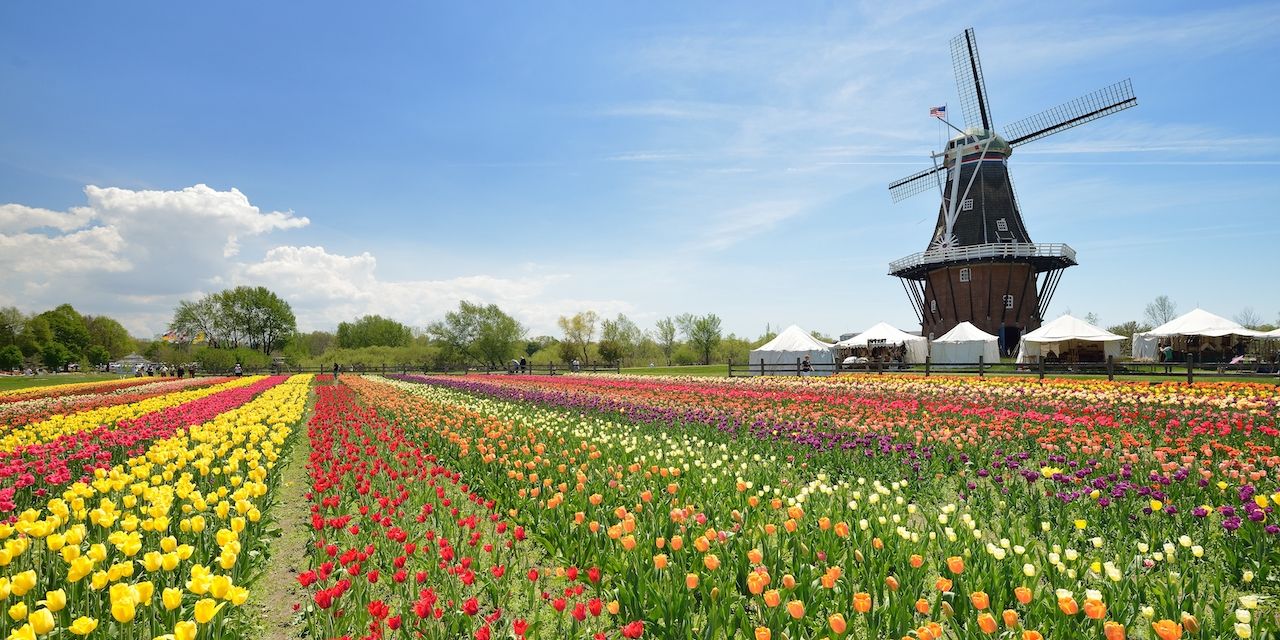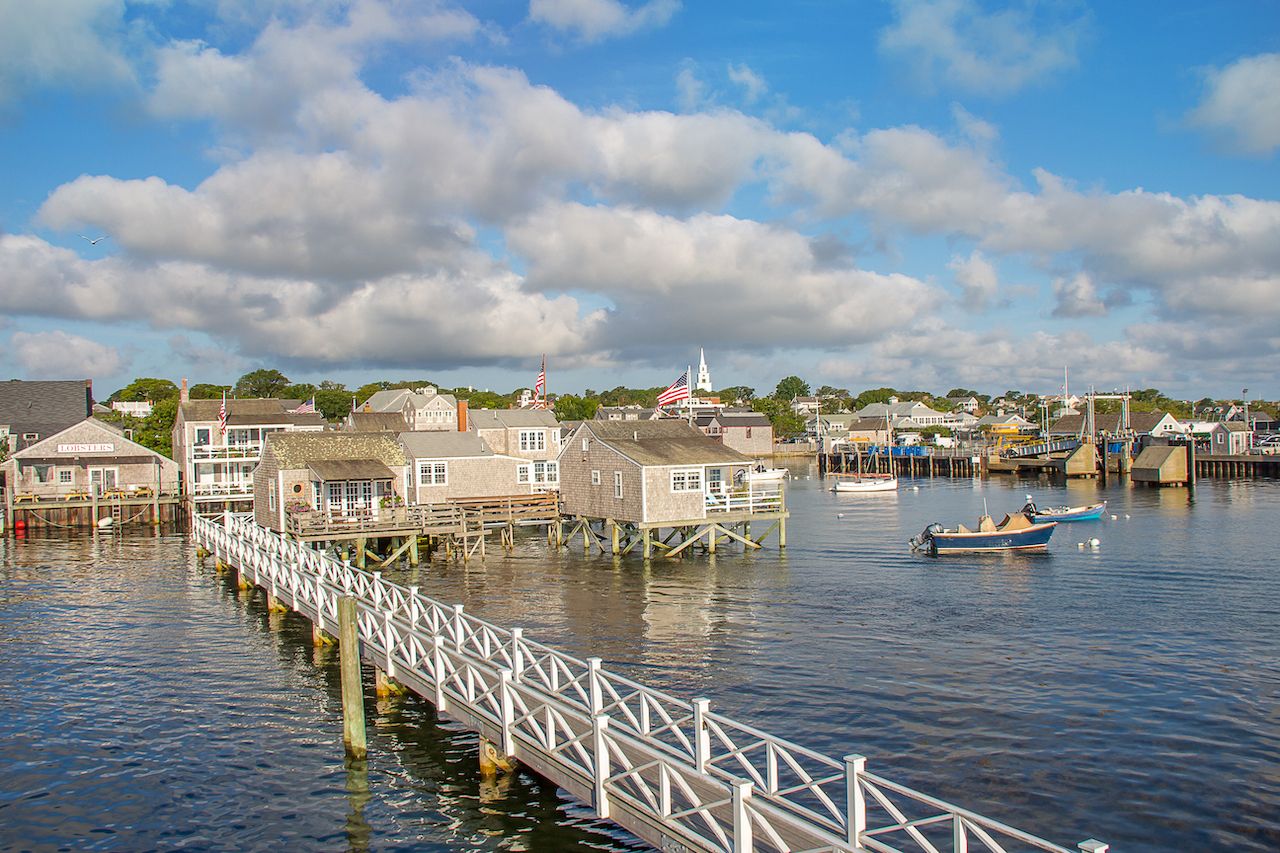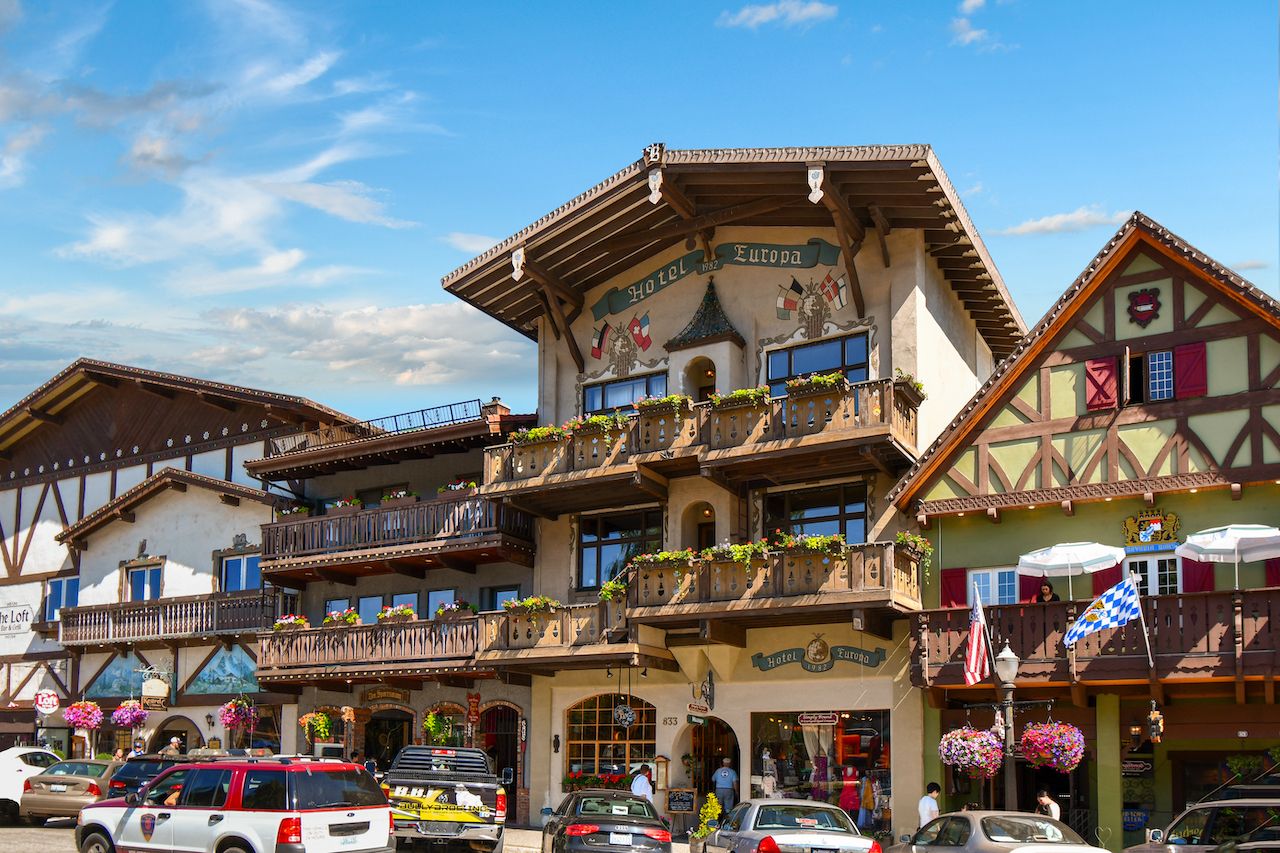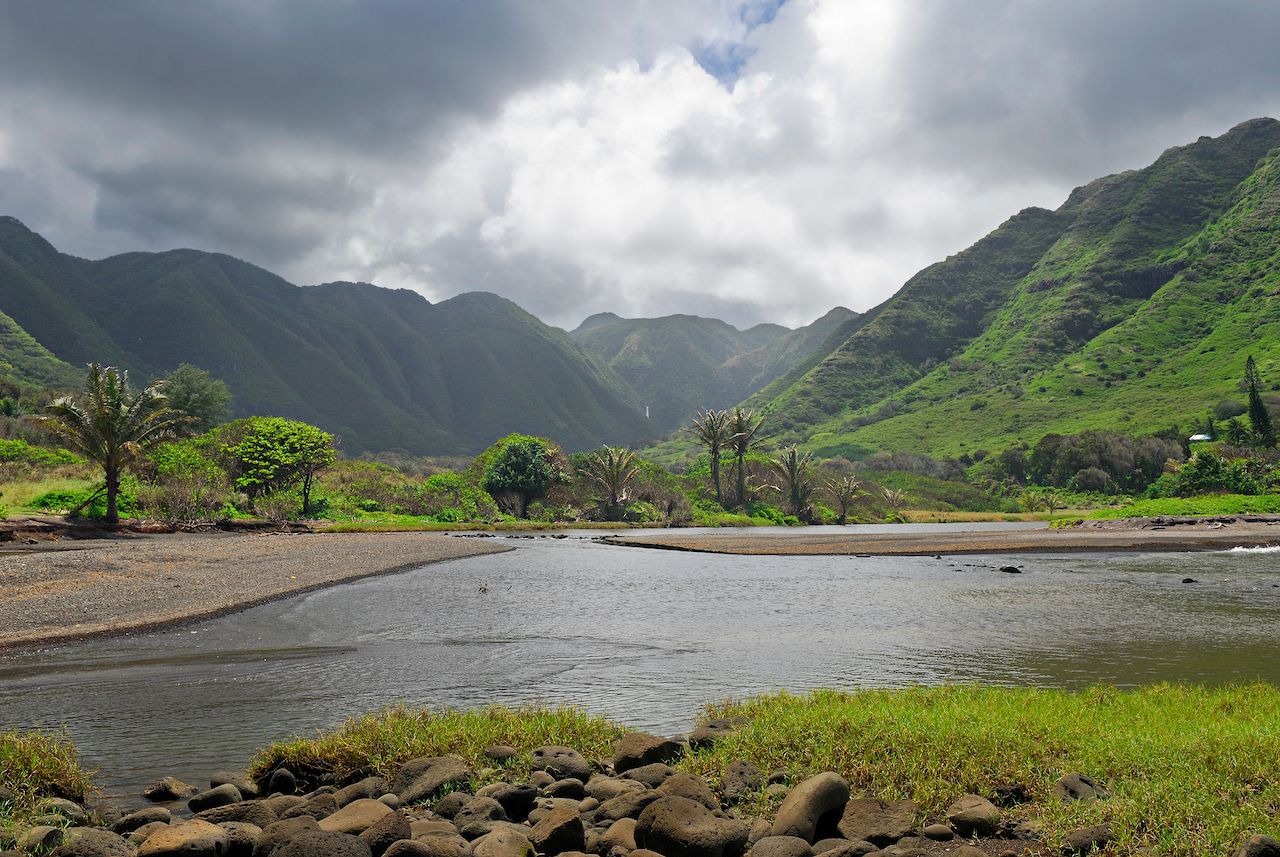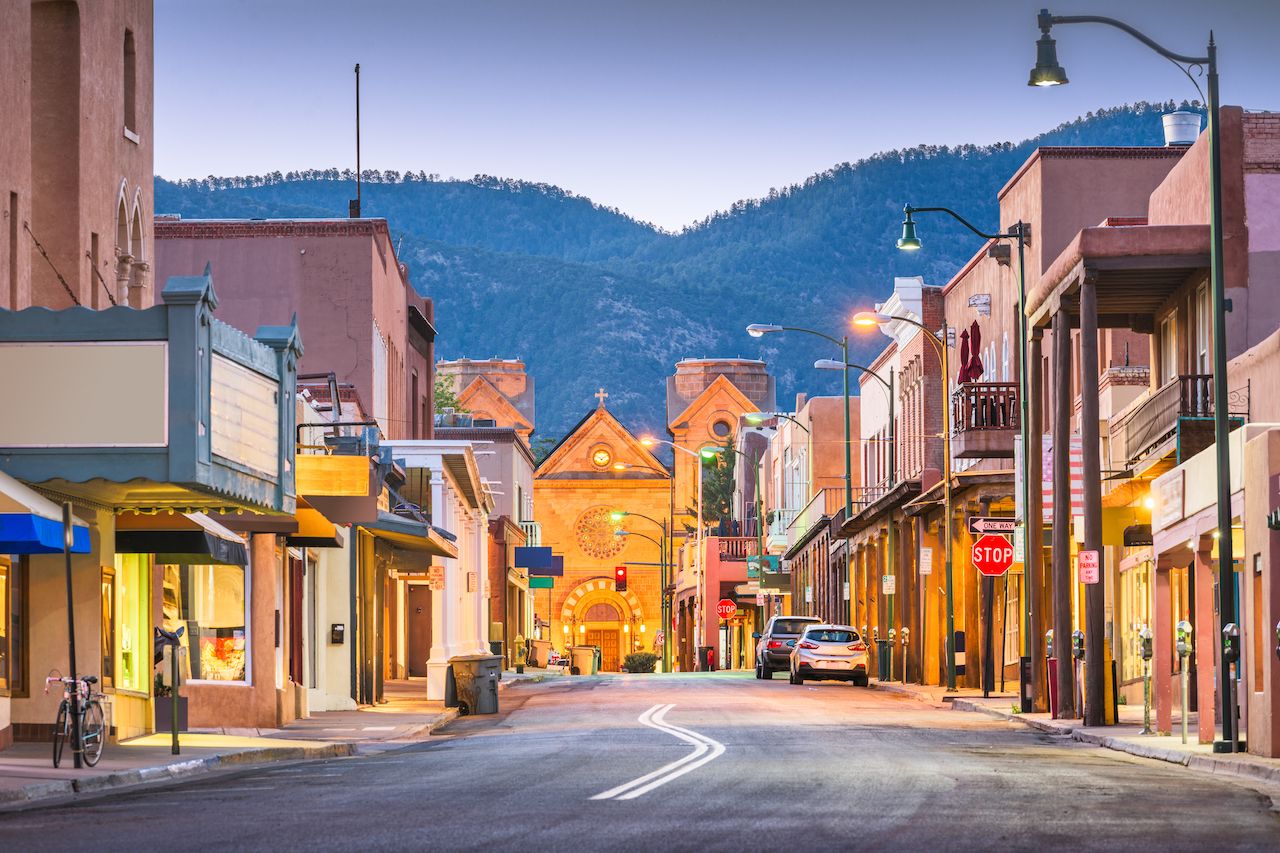1. Conch Republic, Key West

Photo: Malachi Jacobs/Shutterstock
In 1982, the Conch Republic seceded from the Union. Well, sort of. They were very upset, and rightfully so, about a border patrol blockade set up on the only highway in and out of the area. The secession was a little tongue-in-cheek, but the roots of the battle live on — especially in the souvenir “real” passports and international country code vehicle stickers that are available for purchase. In 1994, a national anthem was even adopted, and, appropriately, it was written by the Key Lime Pie Band. Let’s just say it’s one of those cities you’d be correct to doubt the veracity of until you really see it for yourself.
